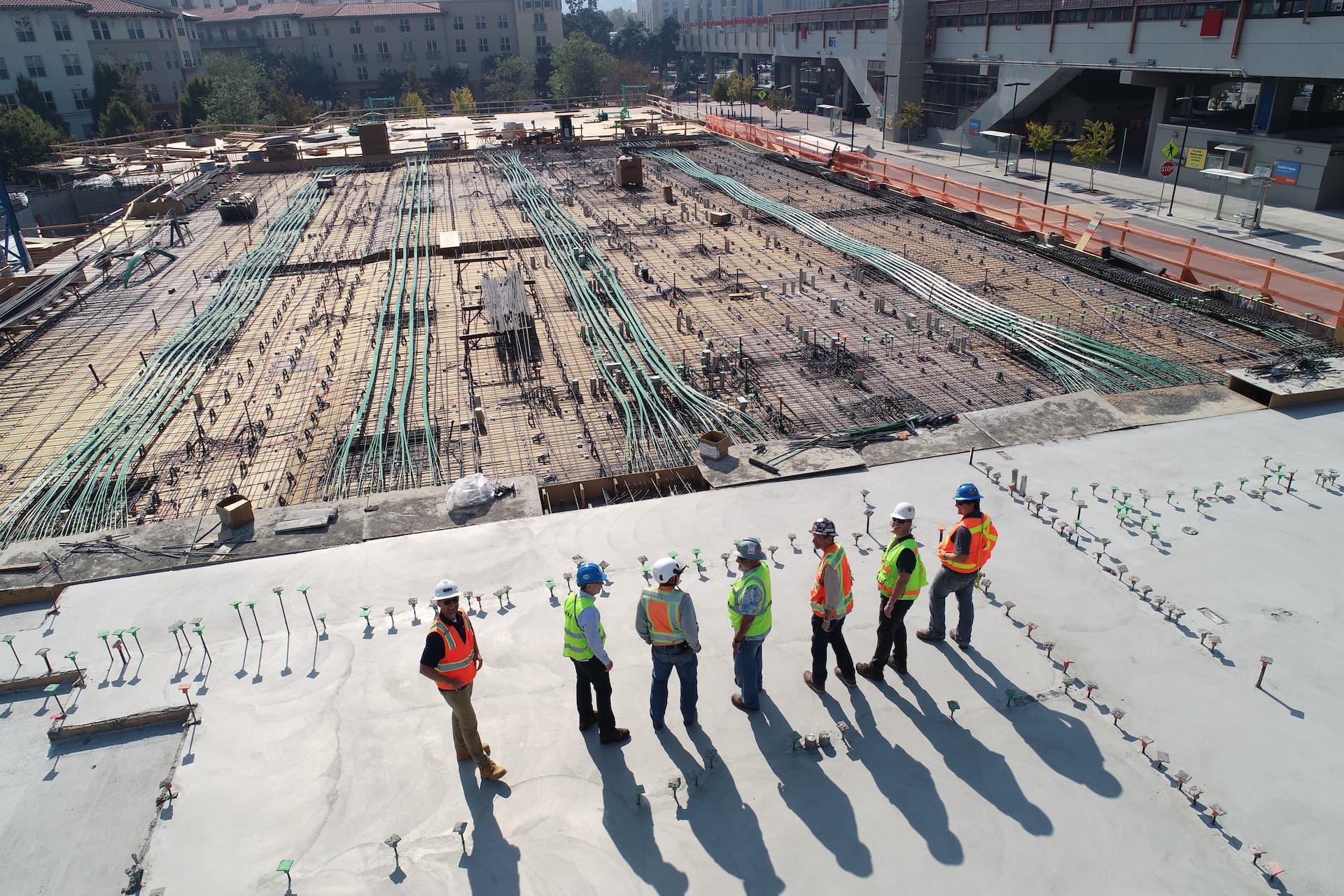Bamboo is an attractive and versatile plant often used for landscaping on commercial properties. However, when left uncontrolled, bamboo can become an invasive species that damages buildings and spreads to neighbouring lands. Removing bamboo from commercial properties requires careful planning and execution to fully eliminate the plant without causing further spread. This article provides a guide to effective bamboo removal from commercial land.
Identifying Bamboo Growth and Infestations
The first step is identifying bamboo growth above ground and assessing the extent of underground rhizome spread. Visible signs include tall hollow canes with green leaves emerging from the ground. However, the extensive underground root system is the main challenge. Using a spade to dig into the soil can reveal horizontal rhizome growth. Running bamboo and clumping bamboo are common invasive varieties in commercial areas. Fast rhizome spread can quickly infest large areas, so early intervention is key.
Choosing the Right Removal Method
There are various bamboo removal methods, each with pros and cons depending on factors like bamboo type, infestation scale, project timeline etc. Key methods include:
Stem Injection
Involves injecting herbicide into bamboo stems over multiple seasons. Low impact to surrounding vegetation. Not for fast project timelines.
Foliar Spraying
Spraying herbicide onto bamboo leaves. Also needs multiple applications over more than one season. Risk of overspray damage.
Weed Wiping
Wiping herbicide directly onto leaves. Low impact for small infestations. Labour intensive.
Bunding
Excavation of rhizome-infested soil into a sealed area for treatment. Disruptive but quick.
Cell Burial
Burying contaminated soil onsite. Less disruptive than offsite removal. Needs space onsite.
Excavation and Removal
Digging out and disposing of infested soil offsite. Very disruptive and costly but thorough.
Root Barriers
Installing vertical and/or horizontal barriers to contain spread. Effective containment.
Working With Professional Services
Bamboo removal is complex and high-risk without expertise. Accredited specialists can:
- Accurately identify species to customise removal plans
- Use advanced techniques to fully eliminate rhizomes
- Avoid spread to neighbouring properties
- Follow regulations for contaminant transport and disposal
- Provide insurance-backed guarantees if regrowth occurs
Attempting do-it-yourself removal often fails to eliminate all rhizomes. This can worsen spread and result in legal issues. Professional services bring specialised knowledge and resources.
It is not advisable to try to remove Japanese Knotweed yourself
Many types of knotweed can easily be mistaken by the untrained eye and has the potential to spread when it’s dug up
Removal Process and Best Practices
The full removal process involves these key steps:
Site Evaluation
Experts will thoroughly assess visible growth and dig test pits to map underground rhizomes. This identifies the bamboo type and extent of infestation.
Removal Plan
They determine the optimal removal method based on assessment findings and project requirements. The plan addresses work phases, controls like barriers to prevent spread, etc.
Eliminating Visible Growth
Surface canes are cut and removed. Foliage is treated with herbicide using wiping or spraying. This removes visible growth.
Rhizome Elimination
Using the chosen method, rhizomes are killed or excavated. Complete rhizome removal is essential to prevent regrowth.
Site Restoration
Disturbed areas are restored and revegetated. Follow-up monitoring ensures no regrowth for 2-3 years before contractor release.
Following best practices minimises disruption and ensures successful, lasting elimination.
Avoiding Future Infestations
Once removal is complete, measures should be taken to avoid fresh bamboo infestations. These include:
- Regular property inspections to quickly identify any new growth.
- Using root barriers around property perimeters to contain invasions.
- Selecting non-invasive plants for landscaping.
- Monitoring neighbouring properties for spread potential.
- Having removal protocols in place for rapid elimination of new growth.
Stopping bamboo quickly is much simpler than removing major infestations. Prevention protections are a wise investment.
Conclusion
Bamboo may seem like an attractive landscaping choice, but contains major risks if left unchecked. Stopping invasions early and using professional removal services provide the best outcomes for commercial properties. The right expertise and systematic approach allows for successful elimination without environmental impacts or legal risks. Investing in thorough removal and ongoing prevention provides effective, long-term bamboo control.
The Postcode Areas We Serve
Gloucester and Swindon
Birmingham and the Midlands
Bristol and the South West
Cardiff and South Wales










